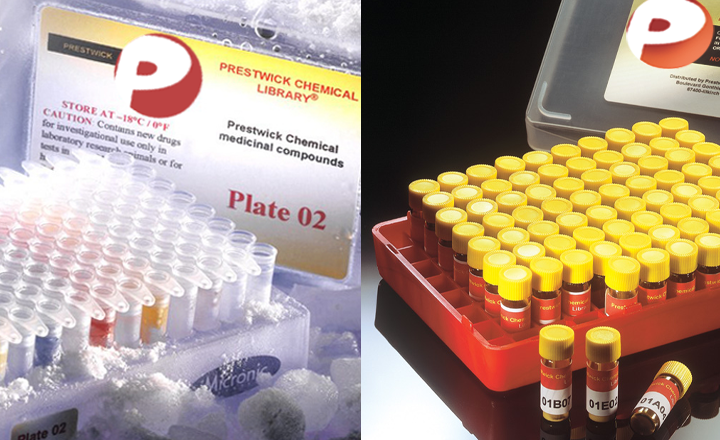High-Throughput Cell-Based Assays for Identifying Antagonists of Multiple Smoking-Associated Human Nicotinic Acetylcholine Receptor Subtypes
Kassner, M.; Eaton, J. B.; Tang, N.; Petit, J. L.; Meurice, N.; Yin, H. H.; Whiteaker, P.
SLAS Discovery 27 (1), 68–76 (2022)
There is substantial evidence that in addition to nicotine, other compounds found in tobacco smoke significantly influence smoking behavior. Further, recent years have seen an explosion in the availability of non-combusted products that deliver nicotine, such as e-cigarettes and “home-brew” vaping devices that are essentially unregulated. There are many thousands of compounds in tobacco smoke alone, and new products are constantly introducing new compounds. Uncovering which of these compounds are active, across multiple smoking-relevant subtypes of the nicotinic acetylcholine receptor (nAChR) that influence tobacco/nicotine addiction, requires a high-throughput screening (HTS) approach. Accordingly, we developed a panel of HTS-friendly cell-based assays, all performed in the same cellular background and using the same membrane potential dye readout, to measure the function of the 𝛼3𝛽4-, 𝛼4𝛽2-, and 𝛼6𝛽2-nAChR subtypes. These subtypes have each been prominently and consistently associated with human smoking behavior. We validated our assays by performing pilot screening of an expanded set of the Prestwick FDA-approved drug library. The screens displayed excellent performance parameters, and moderate hit rates (mean of 1.2% across all three assays) were achieved when identifying antagonists (chosen since effects of endogenous antagonists on consumption of nicotine/tobacco products are under-studied). Validation rates using an orthogonal assay (86Rb+ efflux) averaged 73% across the three assays. The resulting panel of assays represents a valuable new platform with which to screen and identify nAChR subtype-selective compounds. This provides a resource for identifying smoking-related compounds in both combusted and non-combusted tobacco products, with potential relevance in the search for additional smoking-cessation therapies.


